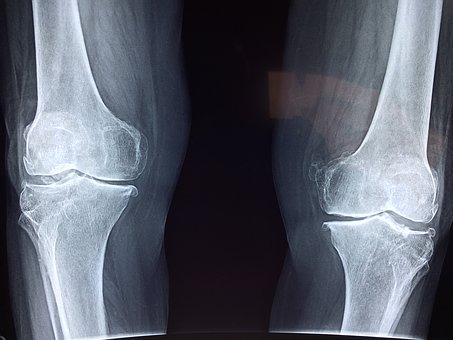What You Need To Know About Common Muscle Diseases
Muscle disease can also be a part of a more generalized disease affecting multiple body parts
Our muscles play a key role in movement and the functions of the body. All activities of daily living, as well as jobs, recreation, and sports, require muscle movements. Stronger muscles help prevent injuries, whereas a muscle disease can adversely affect one’s daily life. There are various common symptoms and signs of a muscle disease. So explained here are a few of these diseases along with the ways to confirm their diagnosis and the treatments available to cure them.
Signs And Symptoms Of Muscle Disease
The commonest symptom of muscle disease is weakness of the muscles. Weakness can manifest with difficulty in performing common activities. For example, weakness of the legs interferes with walking, climbing stairs and getting up from a sitting position. Weakness of the arms and hands cause difficulty in writing, holding an object with the hands, raising the arms above shoulder height, dressing, combing the hair, etc.
In severe cases, muscles involved in swallowing or speaking also get affected, interfering with these activities. Breathing muscles may also get affected in severe muscle diseases. The second common symptom of muscle disease is wasting (thinning of affected muscles) whereby the bulk of the affected muscles gets reduced. This may be Obvious on visual examination of the muscles, if it is severe.
If the wasting is mild, then, measurement with a tape may be needed (and it can be compared to the normal side, if only one arm or leg is affected). In a small group of muscle diseases, there could be pain, which suggests inflammation. Muscle disease can also be a part of a more generalized disease, affecting multiple body parts. In such cases, skin rash over face or hands may be seen. Patients may also have joint pains.
Confirming The Diagnosis Of Muscle Disease
Once the symptoms of muscle disease are noted, one should consult a neurologist to perform a detailed clinical examination. This should be followed by investigations such as blood tests. The most important blood test is serum CPK (creatine phosphokinase), which is elevated in muscle diseases. The higher the value of CPK, the more severe is the muscle disease.
The second test usually conducted, is an EMG (electromyography), where a needle is inserted in the affected muscles. EMG test can confirm the presence of muscle disease and can also provide a clue regarding its cause – whether it is due to inflammation or a hereditary cause.
In some cases, muscle biopsy (where a small piece of the affected muscle is removed for examination by a pathologist using microscope) may be needed for confirmation of the diagnosis. For suspected hereditary causes of muscle diseases, genetic studies are carried out, using blood samples.
Common Types Of Muscle Diseases
Muscle diseases can be broadly classified into two groups:
Inflammatory
These are caused due to inflammation in the muscles. Examples include polymyositis (only muscle is affected) and dermatomyositis (both muscle and skin are affected), The diseases in this group respond well to medical treatment
Hereditary
These are caused due to genetic defects and are usually inherited from one’s parents. Common examples include muscular dystrophy. The muscular dystrophies belong to the degenerative muscle disease group and the condition of the patient deteriorates, over time. Effective treatments are not available to treat muscular dystrophies
Treatment Options Available
Many muscle diseases have good treatment options available. Inflammatory muscle diseases respond well to anti-inflammatory drugs and the commonest drugs used are corticosteroids. In the severe stage of the disease, steroid injections are given.
For long-term treatment, steroid tablets are advised. There are several other medicines available which include azathioprine, mycophenolate, rituximab, immunoglobulins, etc. However, these medicines are required to be taken for several years. Regular physiotherapy and exercises also go a long way in helping the affected muscles get better.
Keeping Your Muscles Healthy
Since healthy muscles are a prerequisite to maintain a normal healthy life, it is important to take good care of them to keep them healthy. Therefore, a good diet and regular exercise is important. A good diet for muscles includes foods that contain rich amounts of protein, including eggs, fish, poultry, legumes, pulses, etc.
In addition to protein-rich foods, exercise plays a major role in keeping the muscles healthy. However, exercises should focus on specific muscle groups and should be done under the supervision of a trainer, Weight and endurance training should be carefully done so as to avoid any injury to the muscles. In addition, running, cycling or swimming also help a lot in keeping the muscles in good shape.
